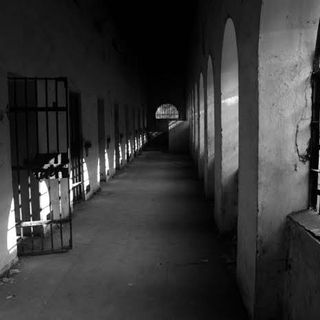Infant, neonatal, and under-5 mortality rates have improved, dropping in several Indian states and union territories, according to the fifth National Family Health Survey (2019-2020). But, the survey also reveals negative trends in some states’ sex ratio at birth, with boy births outnumbering girl births, suggesting sex-selective abortions remains a worrying trend in India.
The health survey overall records a decrease in fertility rates and an increase in women’s use of contraception. A drop in infant and neonatal mortality rates may have a correlation with more improved maternal and child health indicators like maternity care, delivery care, timely vaccinations, and the treatment of childhood diseases, according to the numbers in the report.
Yet, the number of girls born in comparison to the number of boys born has decreased in eight different states — namely Bihar, Kerala, Meghalaya, Himachal Pradesh, Goa, Maharashtra, Nagaland, Dadra and Nagar Haveli, and Daman and Diu. The worst decline in sex ratios over the past five years occured in Dadra and Nagar Haveli, recording a drop of 166 points since the last survey in 2015-16.
Related on The Swaddle:
India’s poor sex ratios occur due to patriarchal notions that brand girls and women as ‘burdens’ — both socially and economically, leading to a preference for sons over daughers. Social structures prevent women from working and caring for her parents post marriage. Plus, the families that women marry into also demand dowries, which makes women an economic liability. In comparison, a son brings home dowry, works, and can care for his ageing parents, making him an economic gain. Mothers who birth girl children face violence and derision from their families, leading them to become complicit in abortion female foetuses.
The consequences of a falling sex ratio include surplus single men, leading to a sharp increase in violence against and trafficking of young women and widows in order to locate brides for marriages. Plus, researchers have also linked a decreasing sex ratio to more intimate partner violence against women. While the government took cognizance of this and banned sex selective abortions with the 1994 Prenatal Diagnostics Techniques Act, this law is poorly implemented across the nation — allowing sex-selective abortions to weed out girls in-utero.
This information comes from the first phase of the health survey, which has so far covered more than six lakh households in 22 states and union territories. The second phase, delayed due to the Covid19 pandemic, will cover the remaining 14 states and union territories and will release in May 2021.




